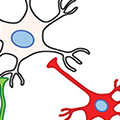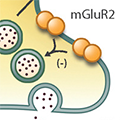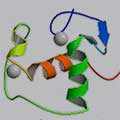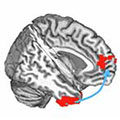Featured Paper of the Month – April 2018
Published in Cell Reports by Barker, David J; Miranda-Barrientos, Jorge; Zhang, Shiliang; Root, David H; Wang, Hui-Ling; Liu, Bing; Calipari, Erin S; Morales, Marisela
The lateral habenula (LHb) is a brain structure that participates in cognitive and emotional processing and has been implicated in several mental disorders. Although one of the largest inputs to the LHb originates in the lateral preoptic area (LPO), little is known about how the LPO participates in the regulation of LHb function. In their recent study, Barker and colleagues provide evidence that the LPO exerts bivalent control over the LHb through the convergent transmission of excitatory LPO glutamate and inhibitory LPO g-aminobutyric acid (GABA) onto single LHb neurons…










